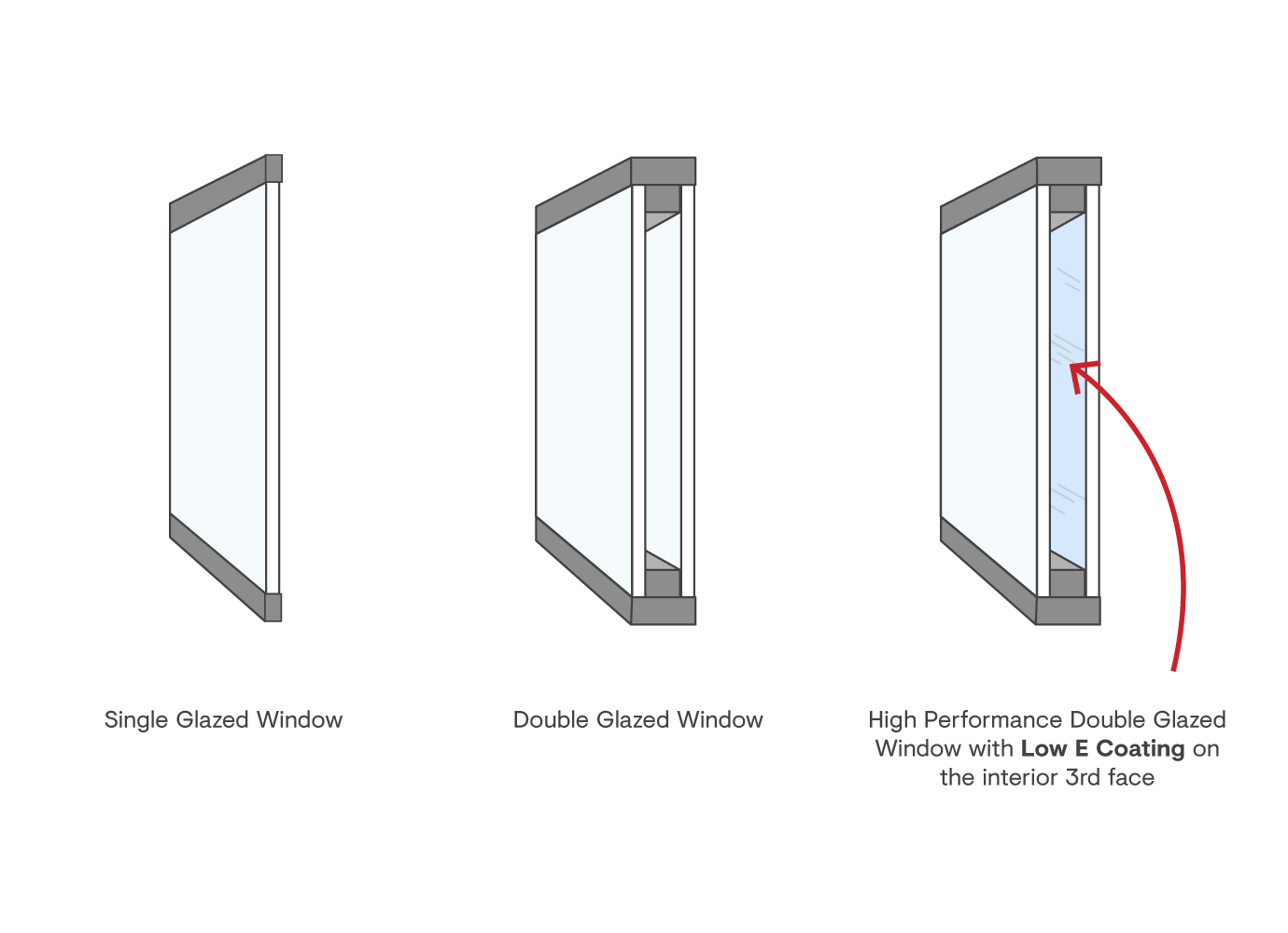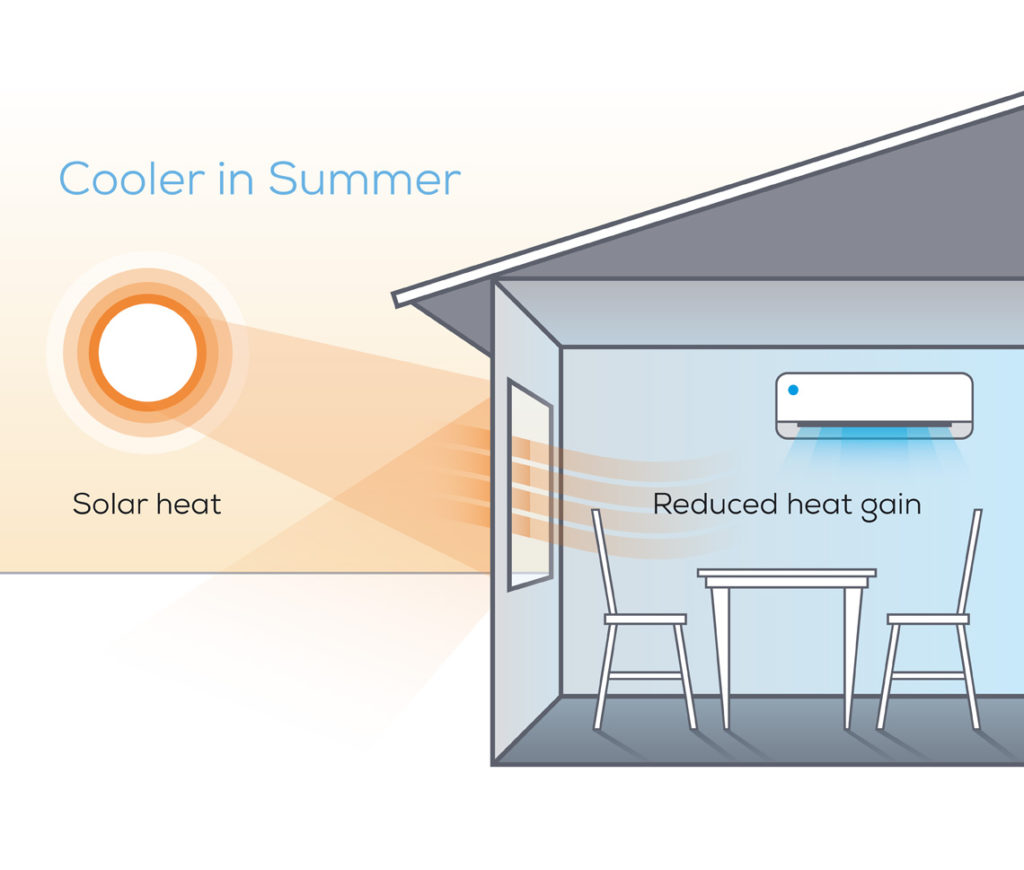All Categories
Featured
Table of Contents
What Is The Best Glazing For My Home? - Part 2 in Fremantle Perth
That window can transfer more solar heat in winter season than in summertime. A west-facing window on a summer's afternoon has an angle of incidence from near 0 as much as 30 with a large reliable location of solar radiation. A north-facing window, in summer, has a high angle of incidence and a low effective location of solar radiation, so can transmit less heat than a west-facing one.

You can quickly and easily enhance the thermal efficiency of your house by changing your windows. There are thousands of types of glass and frames to choose from.
Which Double Glazing Company Is The Best? in Middle Swan Western Australia
There are various kinds of glass items to pick from. Single glazing utilizes a single pane of glass. Single glazing with clear glass is not very effective when it concerns heat loss or gain. To enhance performance, you can use single glazing with a more energy-efficient kind of glass such as low emissivity (low-e) glass.
The energy performance of IGUs also depends on: the homes of each layer of glass. Various glass types (for example, clear and low-e glass) can be put together in an IGU.
Glass & Glazing - Easy Windows Upvc Double & Triple ... in Henley Brook Perth

IGU cavities can be filled with air or a more inert, low-conductivity gas such as argon the width of the cavity. Cavity thickness is normally 6 to 18mm. Wider cavities supply lower (much better) U worths, with 12mm usually accepted as the preferred gap how well the cavity is sealed. Cavities must be dry and well sealed to avoid wetness getting in.
If argon is set up to the cavity in location of air, wetness is reliably left out the level of desiccant (drying agent). The spacer (metal or polymer strip) that separates the glass layers consists of a desiccant to soak up any wetness. Inadequate desiccant might cause moisture to condense on the glass surface area in cold conditions, lowering thermal efficiency.
Solace Creations: Home in Upper Swan WA
In fact, IGUs can provide better energy efficiency for all climates, especially in heated and air-conditioned houses. Cross-section detail of single, double and triple-glazing units Low emissivity glass (typically known as low-e glass) decreases heat transfer. Low-e glass might be either high or low transmission: High transmission low-e glass has a finishing that allows daytime from the sun to enter the home to accomplish great solar heat gain, but lowers the quantity of the long wavelength infrared heat that can get away back through the window.
Low-e glass has either a pyrolytic finish or a vacuum-deposited thin movie metal finish. Pyrolytic coatings are durable and can be used for any glazing; vacuum-deposited coverings are soft and are just used within IGUs. Low-e finishings can substantially improve both U worth and SHGC; nevertheless, they need to be utilized correctly or they will either weaken or stop working to carry out as needed.
Save Energy With Double Glazed Windows in Bibra Lake Western Australia
Low-e coatings can be utilized in combination with clear, toned or reflective glass. Low-e finishes on glazing can reduce heat transfer where required Photo: Department of Market, Science, Energy and Resources Toned glass has actually colouring ingredients included during manufacture. It is readily available in numerous colours, normally bronze, grey, blue and green.
Table of Contents
Latest Posts
Triple Glazing Vs. Double Glazing: What Are The Differences? in North Beach Western Australia
What Are The Best Upvc Windows For Summer in Secret Harbour WA
Why Is Double Glazing So Important In Winter? in Yanchep WA
More
Latest Posts
Triple Glazing Vs. Double Glazing: What Are The Differences? in North Beach Western Australia
What Are The Best Upvc Windows For Summer in Secret Harbour WA
Why Is Double Glazing So Important In Winter? in Yanchep WA